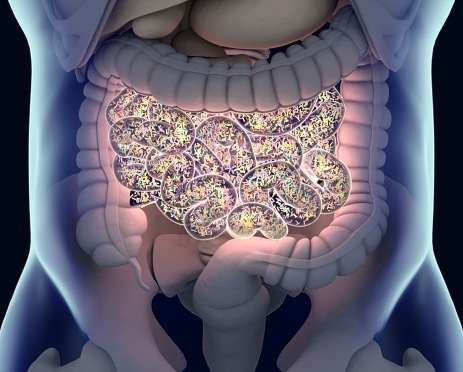
The American Society for Radiation Oncology (ASTRO) has issued their first clinical guideline on anal cancer, focusing on the use of radiation therapy (RT) and planning for patients with the disease. The guideline seeks to clarify approaches to definitive treatment and surveillance.
Anal cancer is a rare disease compared with other gastrointestinal cancers, but its incidence has increased over the past 2 decades—especially in younger patients who present with more advanced disease. In addition, the mortality rate has increased among patients aged 50 years and older.
The disease has a lower incidence of metastasis than other gastrointestinal cancers, and treatments such as the standard of care consisting of radiation with drug-based therapy tend to be effective, although linked to high rates of toxicity. Attempts to improve patient outcomes through therapeutic escalation such as neoadjuvant chemotherapy have not resulted in improved disease-related outcomes.
The guideline was developed using a multidisciplinary team of oncologists in collaboration with the American Society of Clinical Oncology (ASCO) and the Society of Surgical Oncology. Recommendations were focused on adult patients with stages I to III squamous cell anal cancer, including the anal canal and margin, and addressed indications for RT, systemic therapy, and surgery, as well as RT planning, assessment, and follow-up.
For most patients with localized anal cancer, definitive treatment consisting of chemoradiation and concurrent 5-fluorouracil with mitomycin (MMC) is recommended. For patients with intestinal obstruction, incontinence, or fistula, diversion surgery can be considered before definitive treatment. Capecitabine plus MMC and RT is also recommended as an alternative treatment to 5- fluorouracil with MMC and RT.
Patients with localized anal cancer who are receiving external beam RT should also undergo intensity-modulated RT, including volumetric modulated arc therapy.
When considering appropriate RT dose-fractionation regimens for patients with localized disease, a dose of 4,500 to 5,040 cGy in 25 to 28 fractions to the primary tumor for patients with cT1-T2 anal cancer is recommended, with higher doses for cT2 tumors measuring 4 cm or more. Patients with cT3-4 anal cancer are recommended to receive 5,320 to 5,940 cGy in 28 to 33 fractions.
Surveillance strategies for patients treated with chemoradiation who have resolving tumors consist of close monitoring with physical examinations, including clinical inguinal lymph node examination and digital rectal examination with or without anoscopy for approximately 6 months after chemoradiation, before biopsy or initiation of salvage therapy.
The full guideline can be viewed in Practical Radiation Oncology.







 © 2025 Mashup Media, LLC, a Formedics Property. All Rights Reserved.
© 2025 Mashup Media, LLC, a Formedics Property. All Rights Reserved.